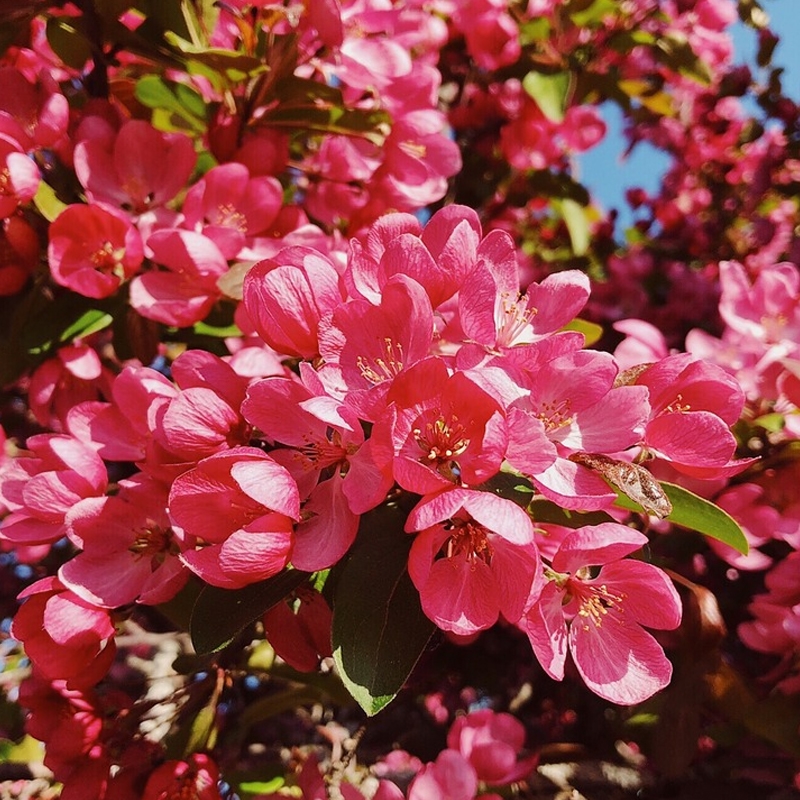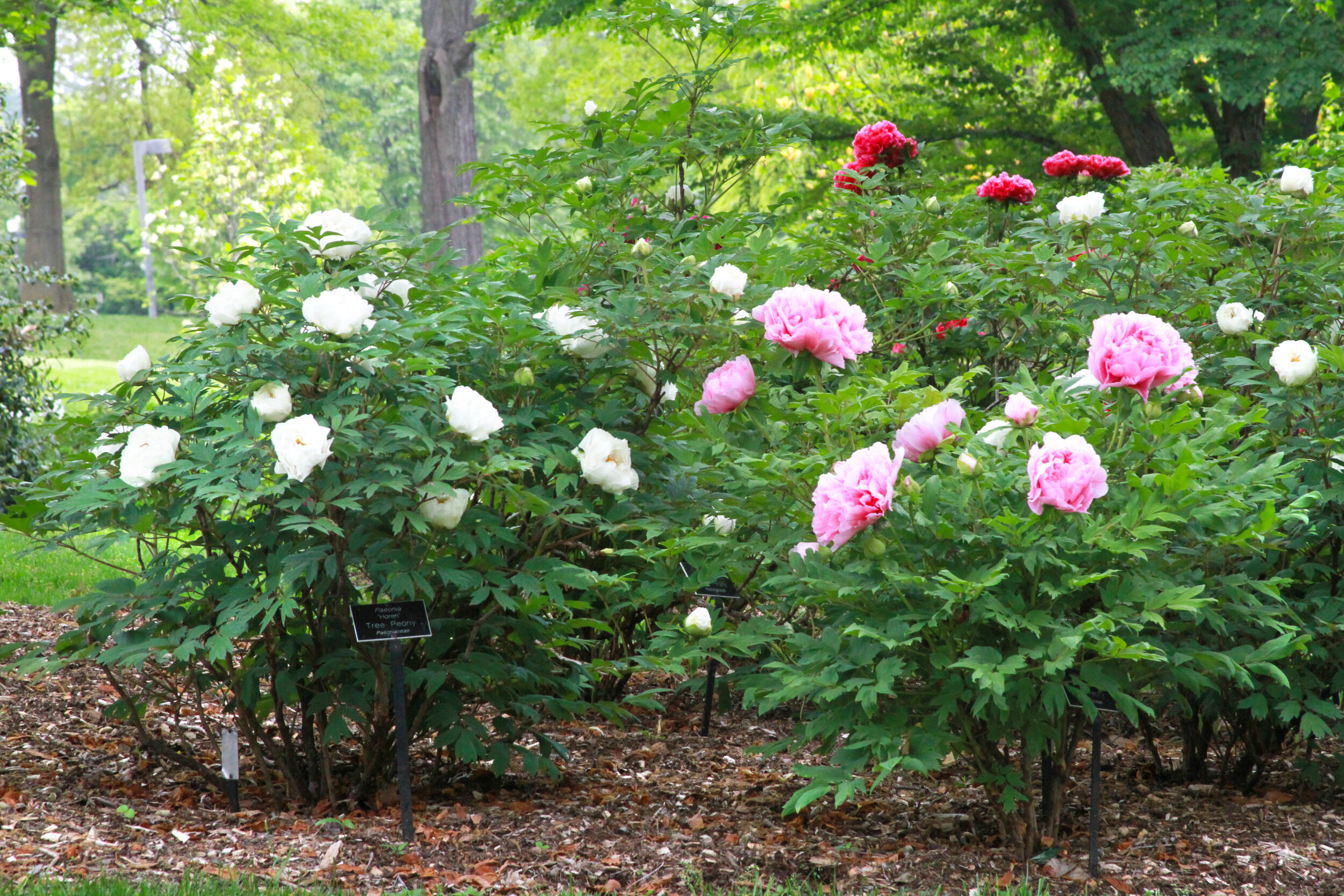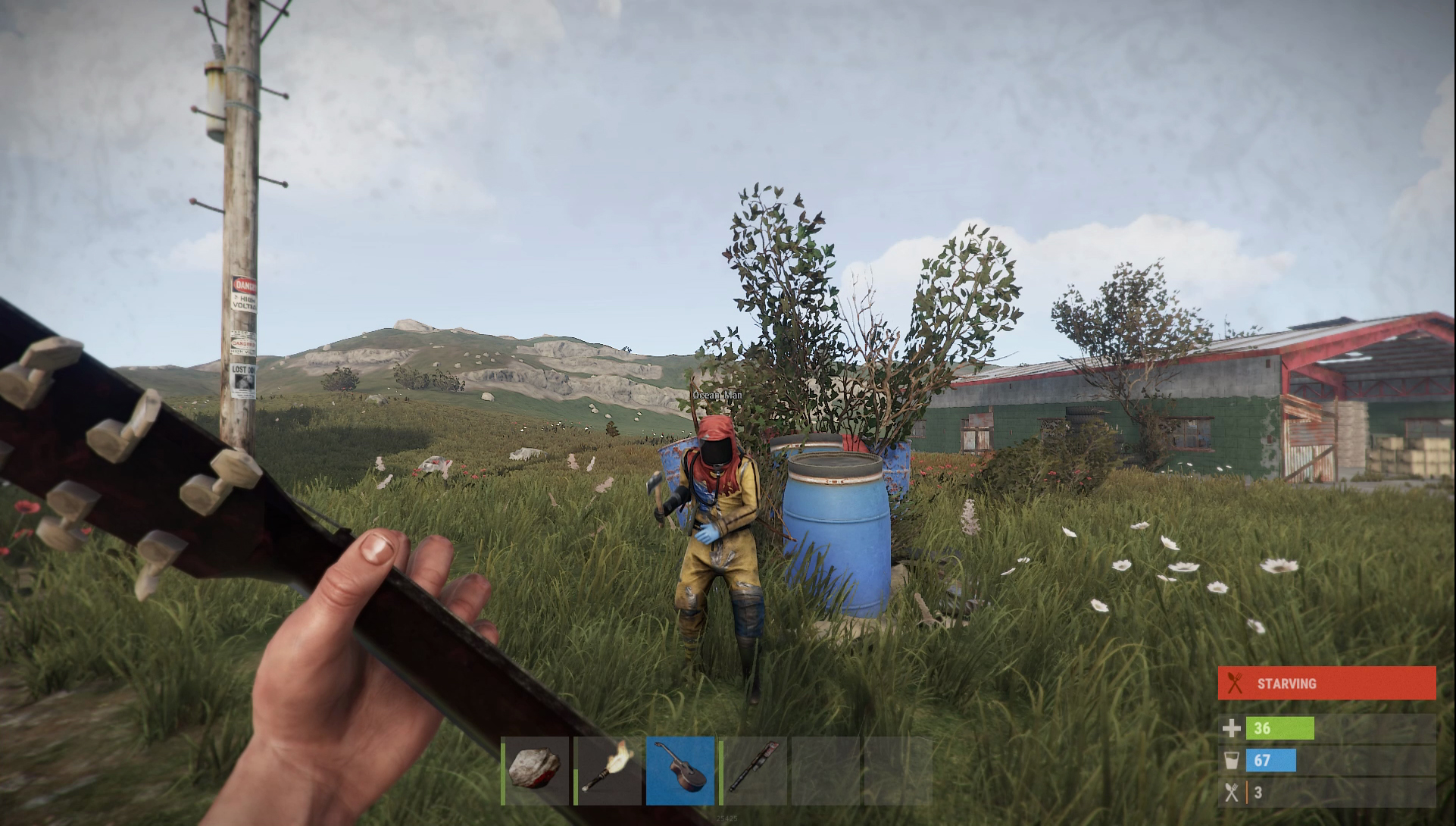Amazing Companion Plants For Crabapple Trees
Amazing Companion Plants for Crabapple Trees
Crabapple trees are a beautiful and versatile addition to any garden. They come in a wide variety of colors and sizes, and they can be grown in a variety of climates. But what many people don't know is that crabapple trees can also benefit from the presence of companion plants.
Companion planting is the practice of planting certain plants together in order to create a mutually beneficial relationship. The right companion plants can help to improve the health, growth, and productivity of crabapple trees. They can also help to attract beneficial insects, deter pests, and improve the overall appearance of your garden.
Here are some of the best companion plants for crabapple trees:
- Herbs: Herbs are a great choice for companion planting with crabapple trees. They can help to attract beneficial insects, such as bees and butterflies, which can help to pollinate the crabapple trees. Herbs can also help to repel pests, such as aphids and spider mites. Some of the best herbs to plant near crabapple trees include lavender, chamomile, mint, and rosemary.
- Flowering shrubs: Flowering shrubs can add beauty and interest to your garden, and they can also provide valuable support for crabapple trees. Some of the best flowering shrubs to plant near crabapple trees include lilac, hydrangea, and rose.
- Perennials: Perennials are long-lived plants that can add a touch of elegance to your garden. They can also help to improve the soil quality and provide food and shelter for beneficial insects. Some of the best perennials to plant near crabapple trees include daylilies, hostas, and iris.

- Bulbs: Bulbs are a great way to add early spring color to your garden. They can also help to improve the soil quality and attract beneficial insects. Some of the best bulbs to plant near crabapple trees include tulips, daffodils, and crocuses.

- Groundcovers: Groundcovers can help to fill in the space under crabapple trees and prevent weeds from growing. They can also help to retain moisture and improve the soil quality. Some of the best groundcovers to plant near crabapple trees include periwinkle, creeping thyme, and moss.

When choosing companion plants for your crabapple trees, it is important to consider the size, light requirements, and growth habit of the plants. You should also make sure that the plants you choose are compatible with the climate in your area.
By planting the right companion plants near your crabapple trees, you can help to create a healthy and beautiful garden that will thrive for years to come.
Crabapple trees are a popular choice for homeowners because they are beautiful, versatile, and relatively easy to care for. But did you know that there are certain plants that can actually make crabapple trees even more attractive and healthy?
That's where companion planting comes in. Companion planting is the practice of planting certain plants together in order to create a mutually beneficial relationship. When you choose the right companion plants for your crabapple tree, you can help to improve its growth, flowering, and pest resistance.
So what are some good companion plants for crabapple trees? Here are a few suggestions:
- Perennial bulbs: Perennial bulbs, such as daffodils, crocuses, and snowdrops, can add early spring color to your garden. They will also help to suppress weeds and improve the soil quality around your crabapple tree.
- Low-growing shrubs: Low-growing shrubs, such as viburnum, barberry, and holly, can help to provide winter interest and privacy for your crabapple tree. They can also help to protect the tree from strong winds and sun damage.
- Herbs: Herbs, such as chives, mint, and garlic, can help to repel pests and diseases from your crabapple tree. They can also add a touch of fragrance and color to your garden.
If you're looking for more information about crabapple companion plants, I recommend visiting Gardenia Inspiration. This website has a wealth of information on the topic, including a list of specific plants that are well-suited for crabapple trees.
FAQ of crabapple companion plants
Question 1: What are some good companion plants for crabapple trees?
Answer: There are many good companion plants for crabapple trees, but some of the most popular include:
- Herbaceous peonies: These plants have brilliant colors that complement the crabapple's blooms. They are also compatible in terms of fragrance and form.
- Tree peonies: These plants are also compatible with crabapples in terms of color, fragrance, and form. They can be planted along a garden walk to add beauty and fragrance to the space.

- Clematis: These flowering vines can be trained to climb up the crabapple tree, providing additional interest and color.
- Hostas: These shade-loving plants can be planted under the crabapple tree to provide groundcover and help to keep the soil moist.

- Azaleas: These acid-loving plants can be planted near crabapple trees that prefer acidic soil.
Question 2: What are some things to consider when choosing companion plants for crabapple trees?
Answer: When choosing companion plants for crabapple trees, it is important to consider the following factors:
- Sunlight: Crabapple trees need full sun to partial shade. Make sure to choose companion plants that have similar sunlight requirements.
- Soil type: Crabapple trees prefer well-drained, loamy soil. Avoid planting them in clay or sandy soil.
- Water needs: Crabapple trees are relatively drought-tolerant, but they will appreciate regular watering during dry periods. Choose companion plants that have similar water needs.
- Fertilizer needs: Crabapple trees do not need to be fertilized often. A light application of fertilizer in the spring will help them to bloom well. Choose companion plants that have similar fertilizer needs.
- Pollinators: Crabapple trees are a good source of nectar for pollinators such as bees and butterflies. Choose companion plants that also attract pollinators.
Question 3: What are some common problems that crabapple trees can have?
Answer: Crabapple trees are relatively hardy trees, but they can be susceptible to a few common problems, such as:
- Apple scab: This fungal disease can cause unsightly spots on the leaves and fruit. It can be treated with fungicides.

- Rust: This fungal disease can cause orange or brown spots on the leaves. It can be treated with fungicides.

- Fireblight: This bacterial disease can kill branches or even entire trees. There is no cure for fireblight, so it is important to remove infected branches as soon as possible.

- Pests: Crabapple trees can be susceptible to a few pests, such as aphids, scale insects, and borers. These pests can be controlled with insecticidal soap or neem oil.
Question 4: How can I care for crabapple trees?
Answer: Crabapple trees are relatively easy to care for. They need to be watered regularly during dry periods, especially when they are young. They should also be fertilized once a year in the spring. Crabapple trees do not need to be pruned often, but they can be pruned to shape them or remove dead or diseased branches.
Question 5: How long do crabapple trees live?
Answer: Crabapple trees can live for 50 to 100 years, or even longer. With proper care, they can provide beauty and enjoyment for many years to come.
Image of crabapple companion plants
Here are 5 different images of "crabapple companion plants" from Pinterest:
- Periwinkle (Vinca minor) is a low-growing evergreen groundcover that can tolerate shade and poor soil. It blooms in shades of blue, purple, or white in the spring.
- Mondo Grass (Ophiopogon japonicus) is another low-growing evergreen groundcover that is tolerant of shade and drought. It has dark green, grass-like leaves and produces white flowers in the summer.
- Liriope is a hardy perennial that can tolerate shade and poor soil. It has sword-shaped leaves and produces spikes of blue, purple, or white flowers in the summer.
- Small Violas are a variety of wildflowers that come in a range of colors, including blue, purple, yellow, and white. They bloom in the spring and early summer and prefer partial shade.
- Creeping Veronica is a low-growing groundcover that blooms in shades of blue, purple, or white in the spring. It prefers full sun to partial shade and is tolerant of poor soil.

Post a Comment for " Amazing Companion Plants For Crabapple Trees"